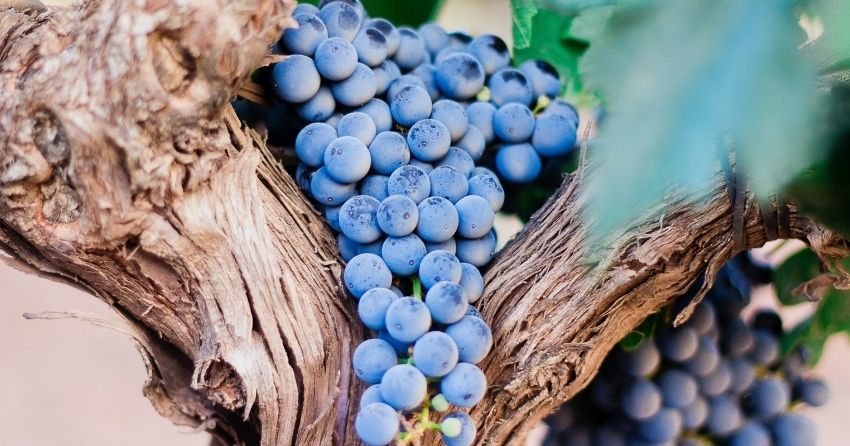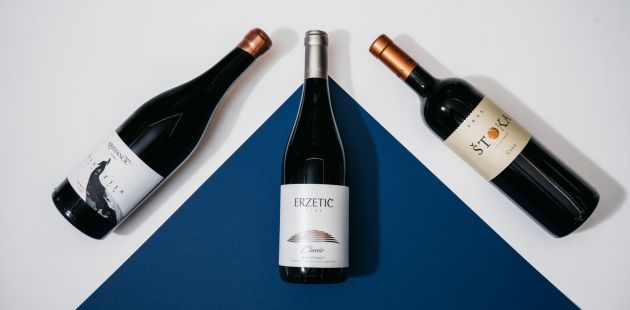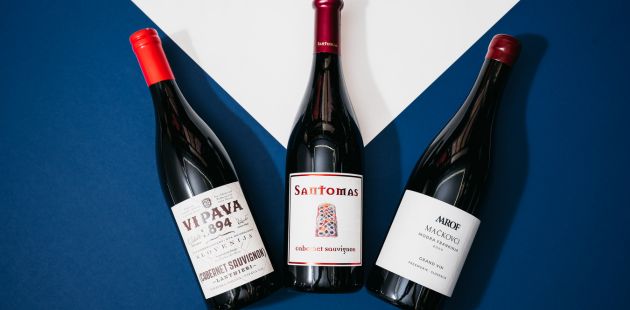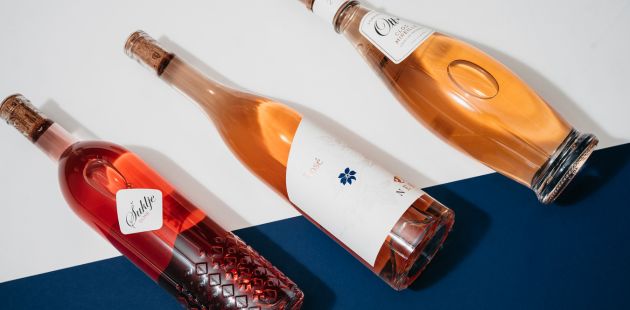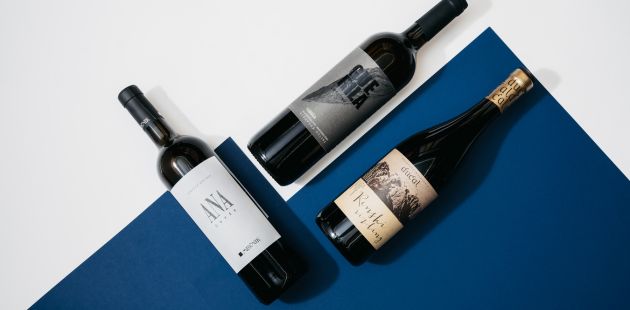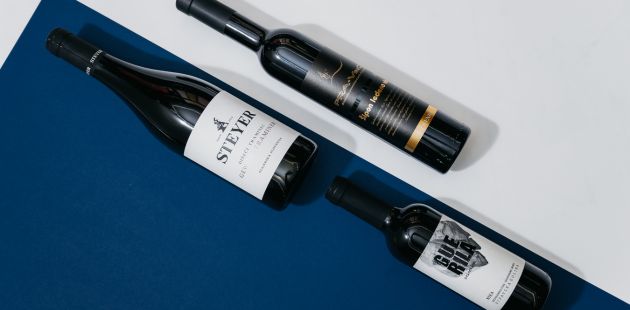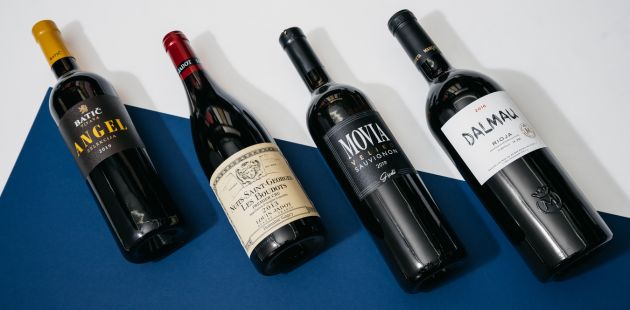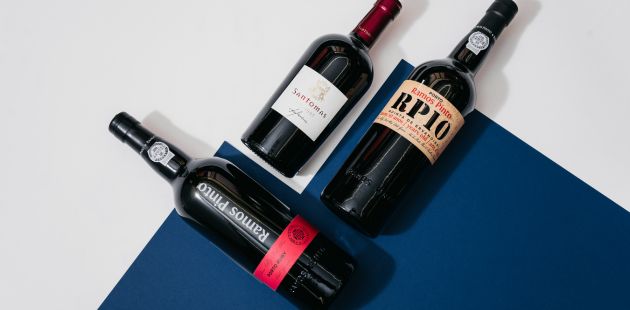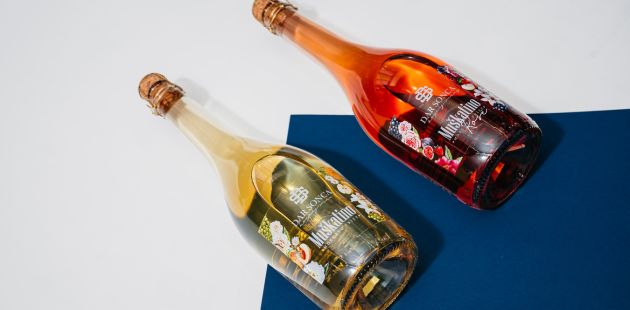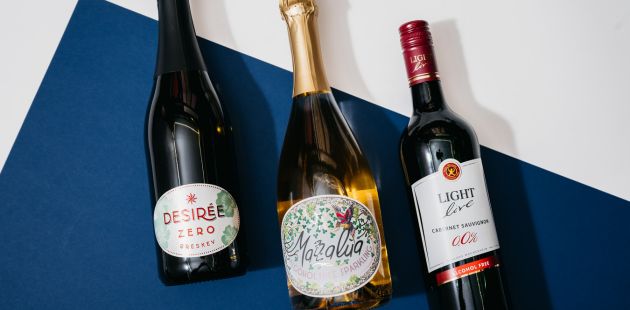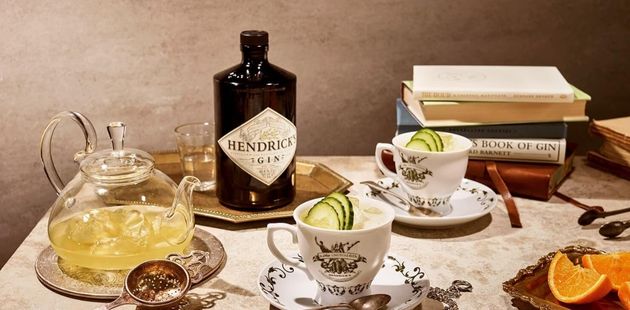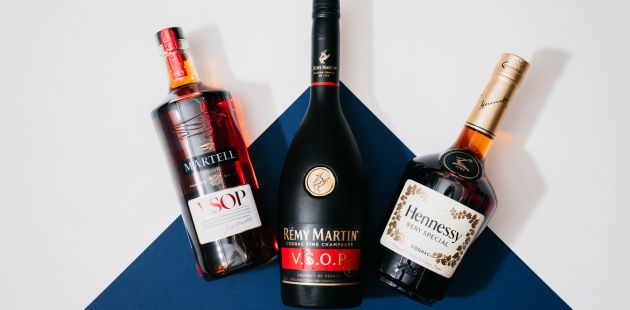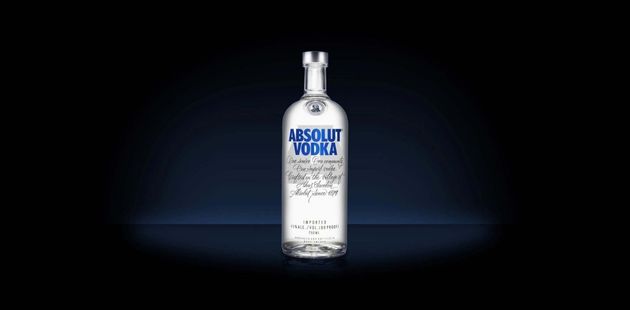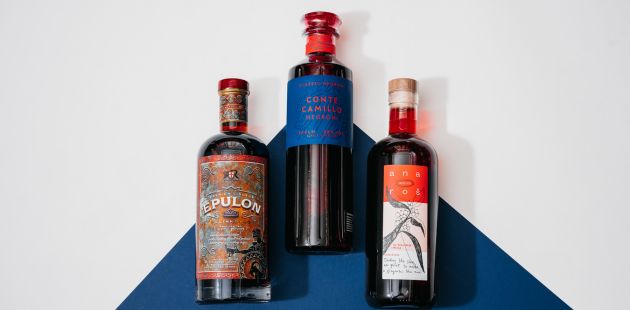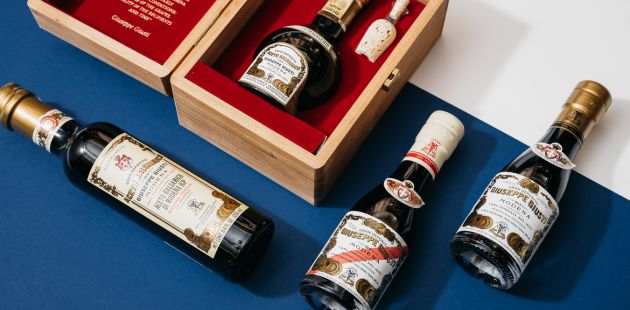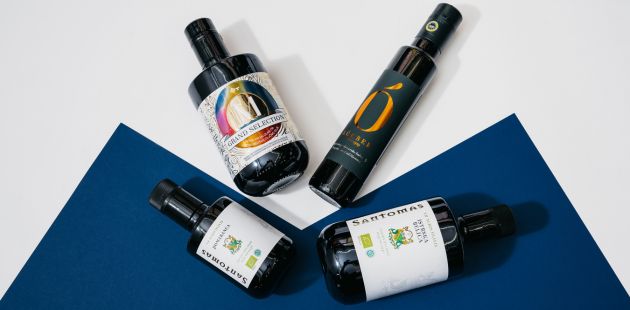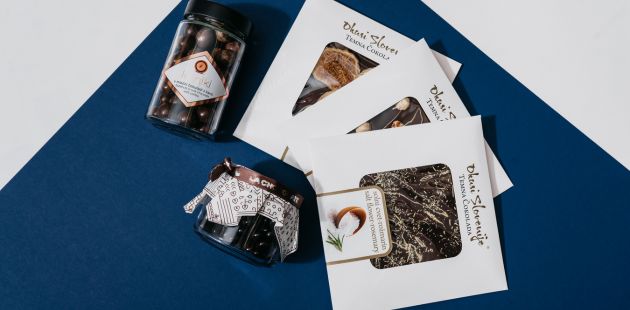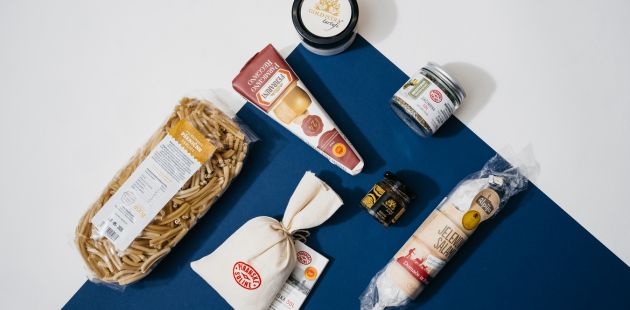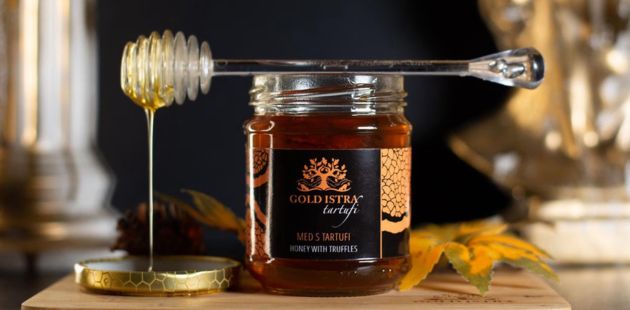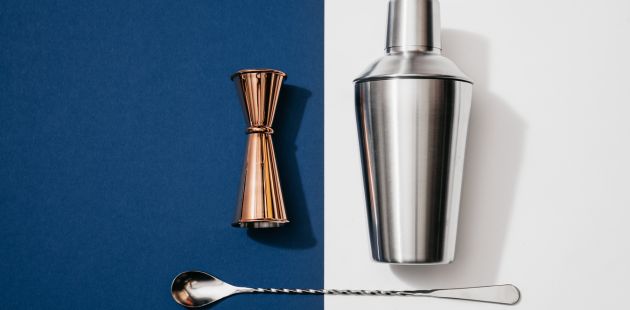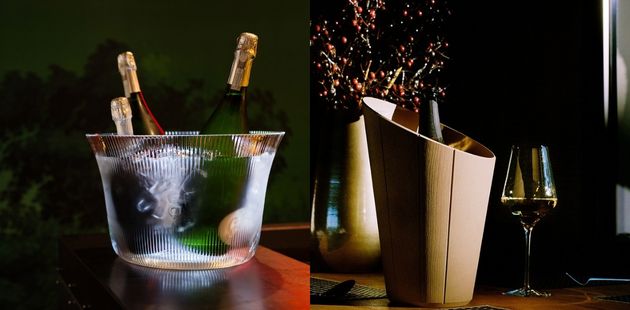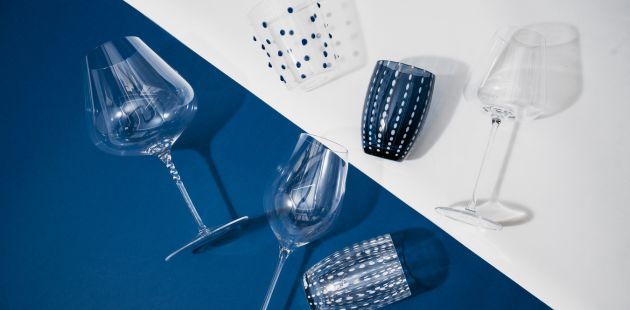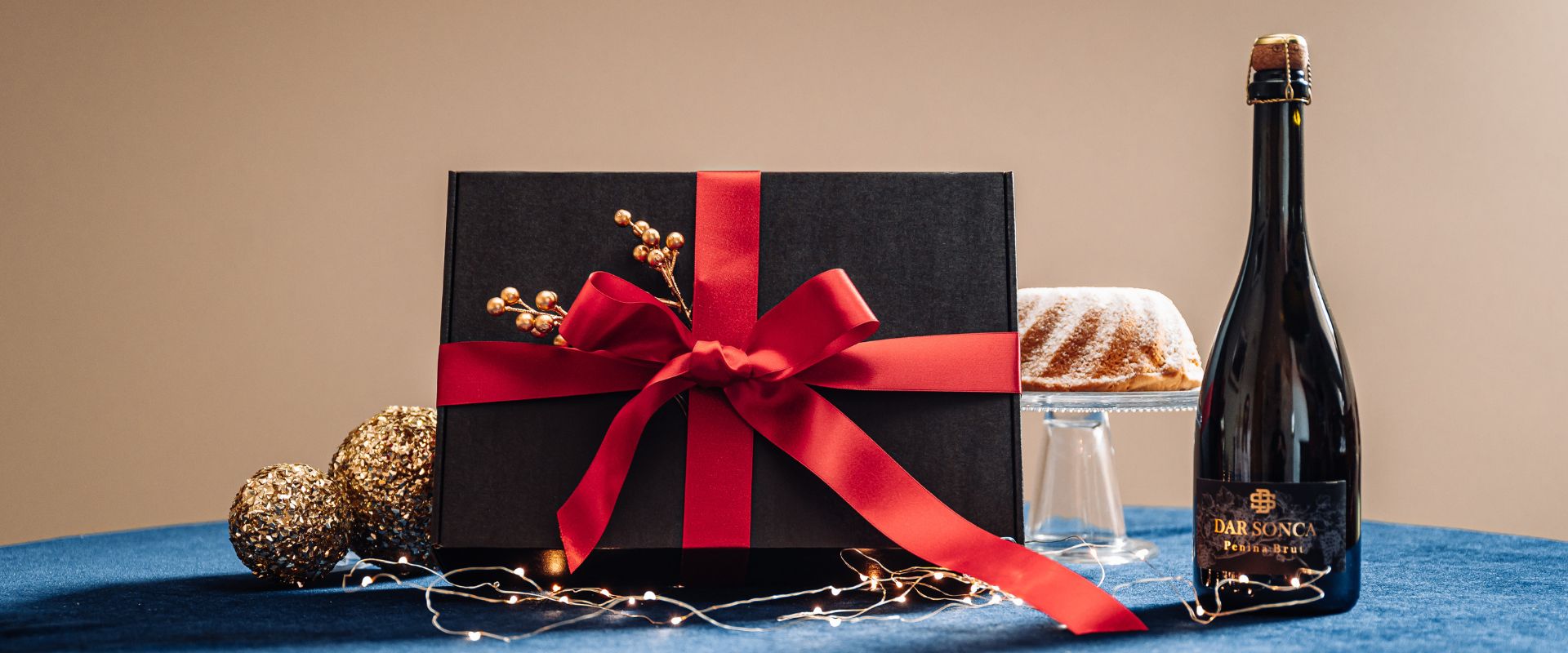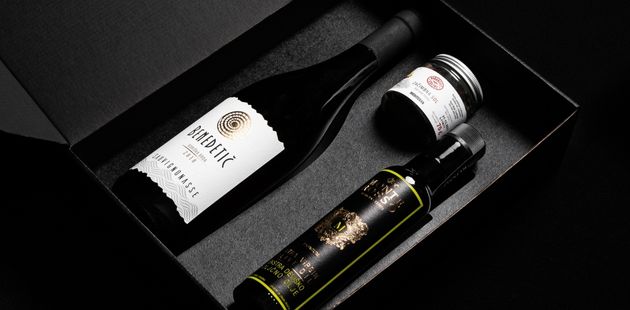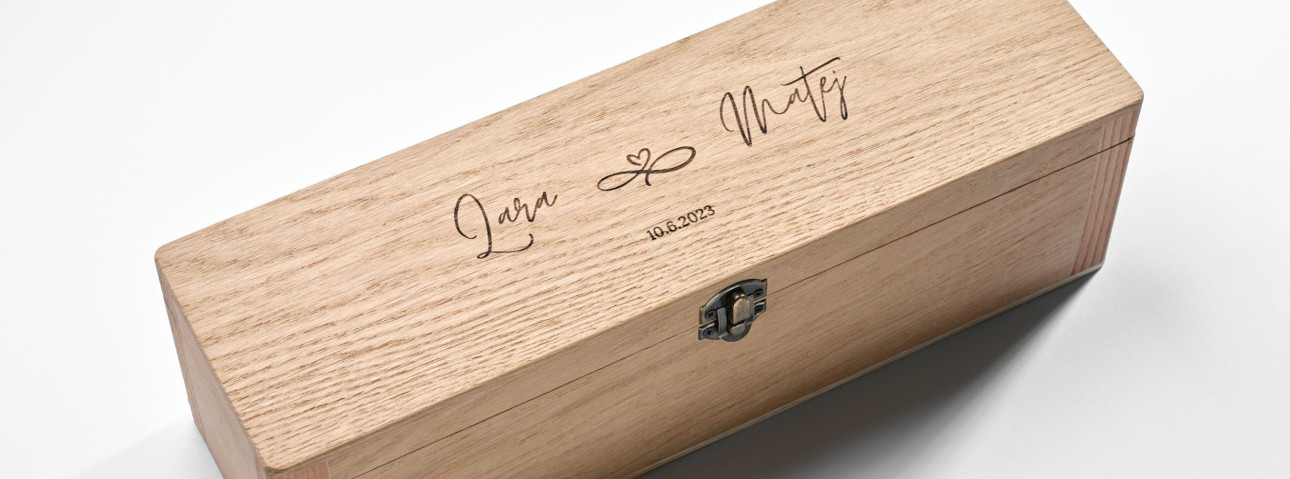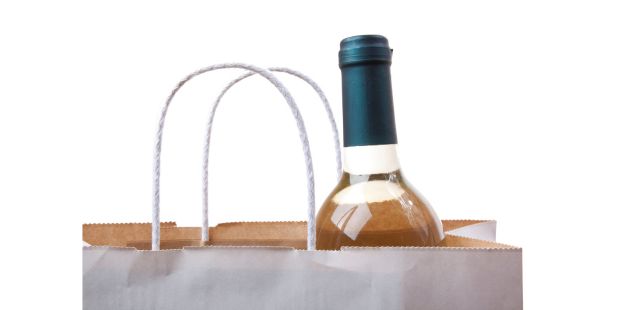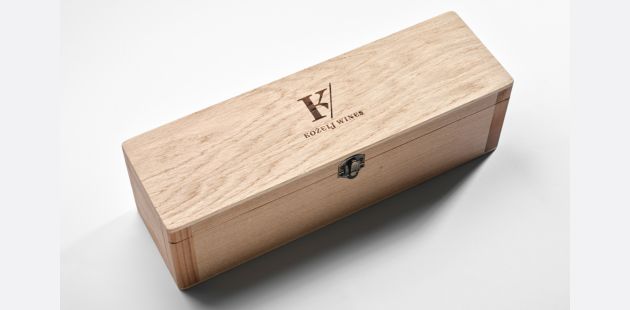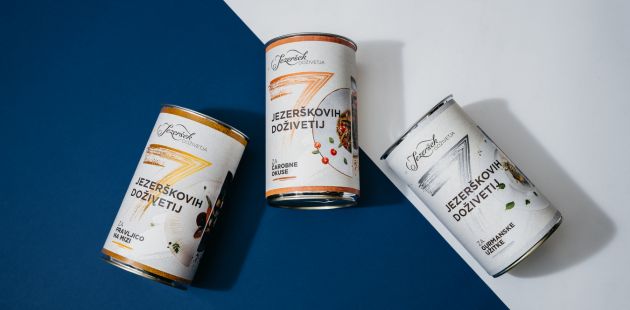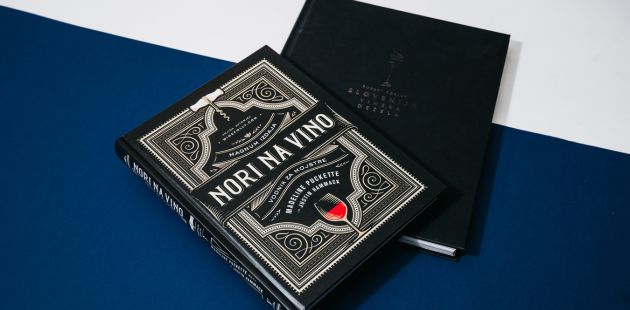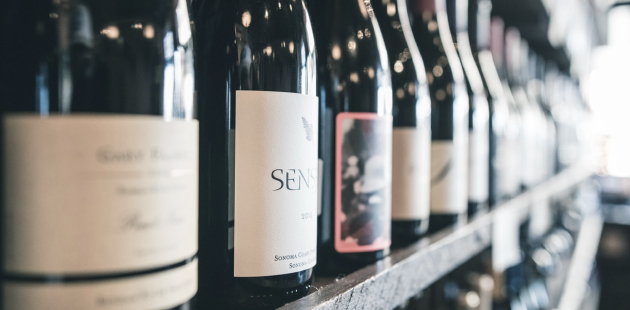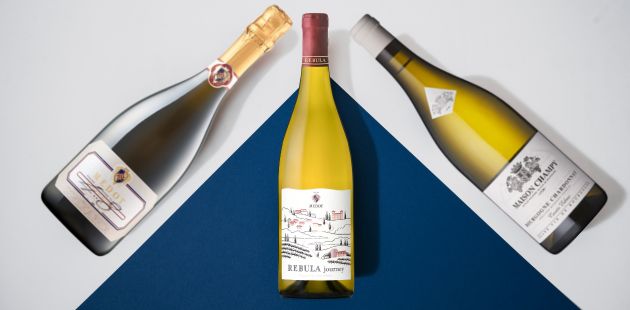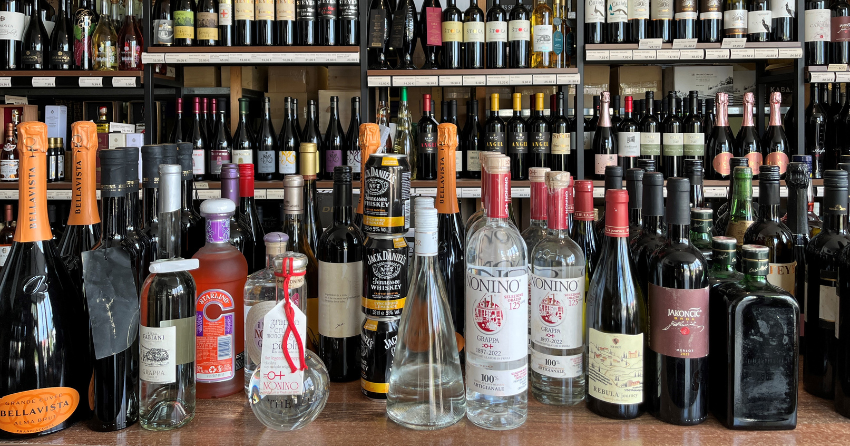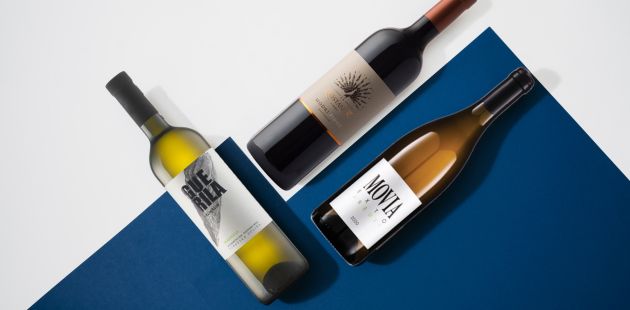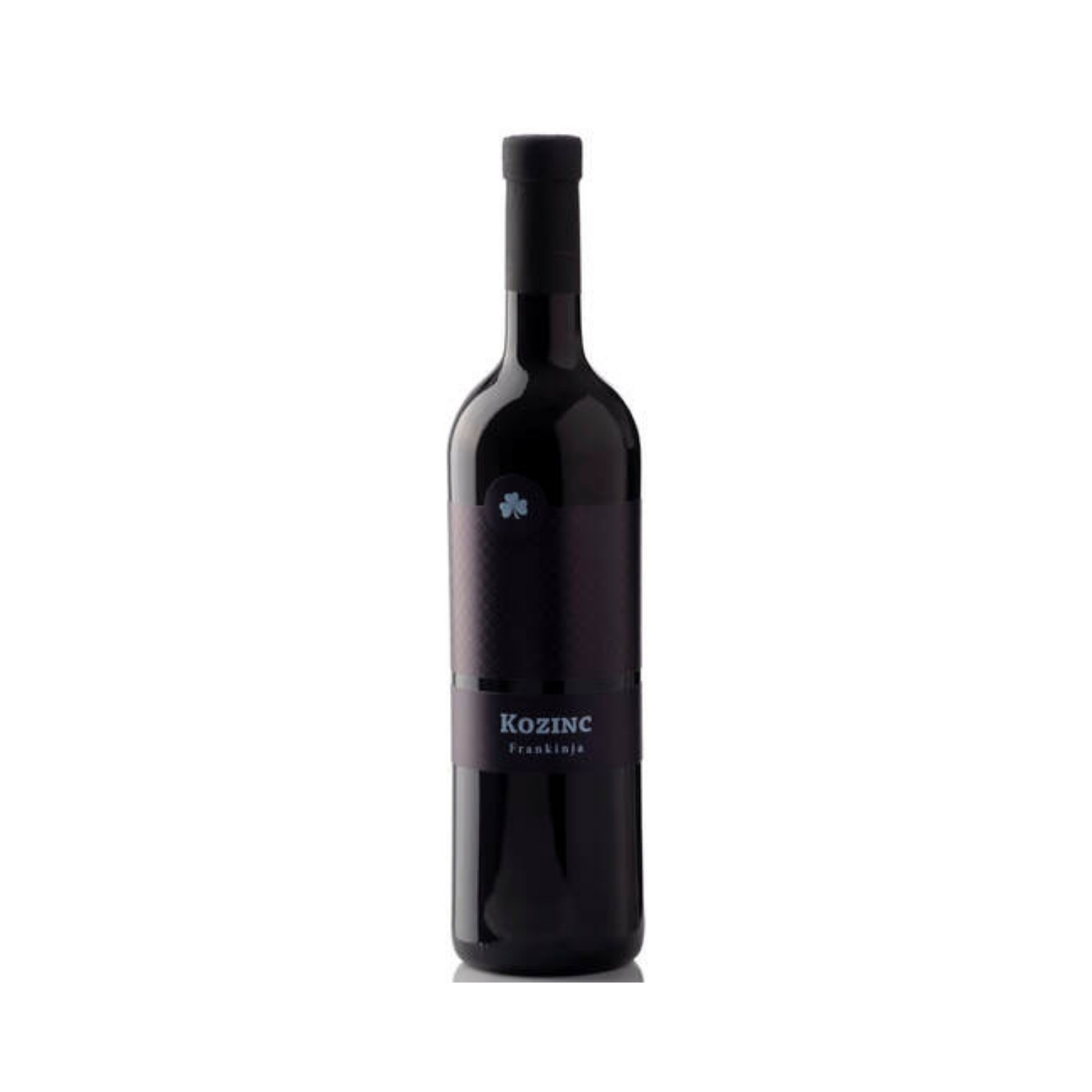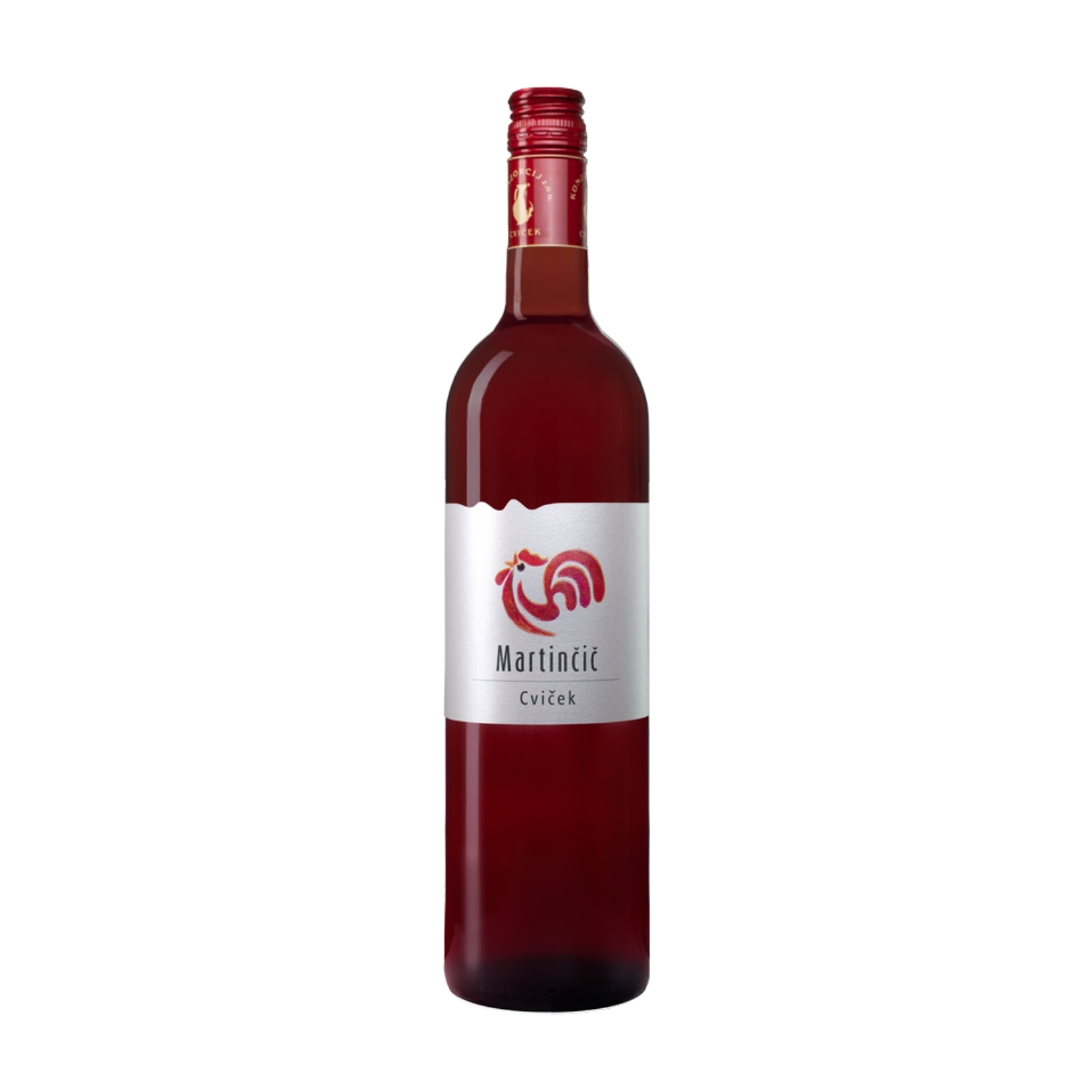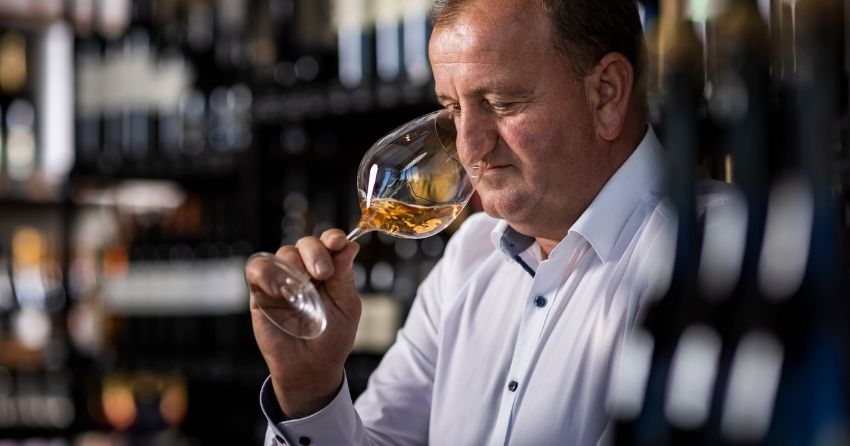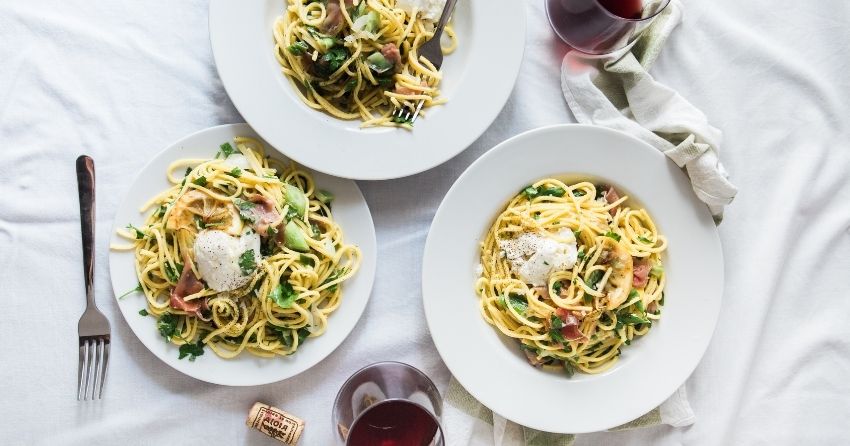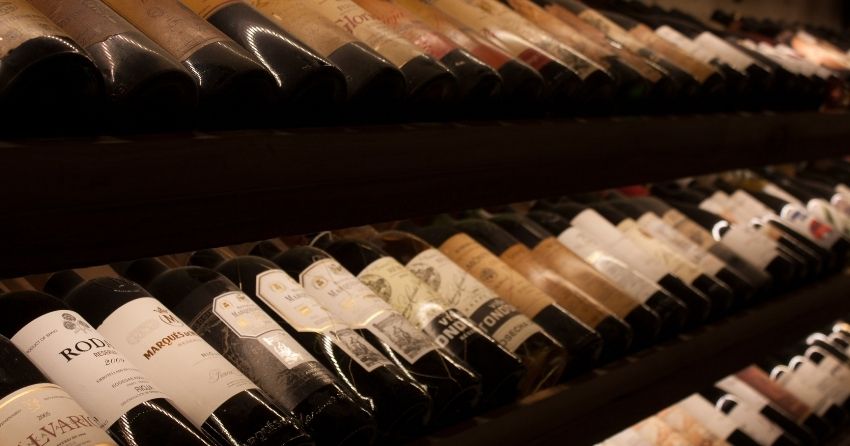Interview Otmar Šturm: Posavje Stagnated for Many Years Due to Sweet Wines and Cviček
21. november 2025
"We produced wines that no one wanted to drink. ..."
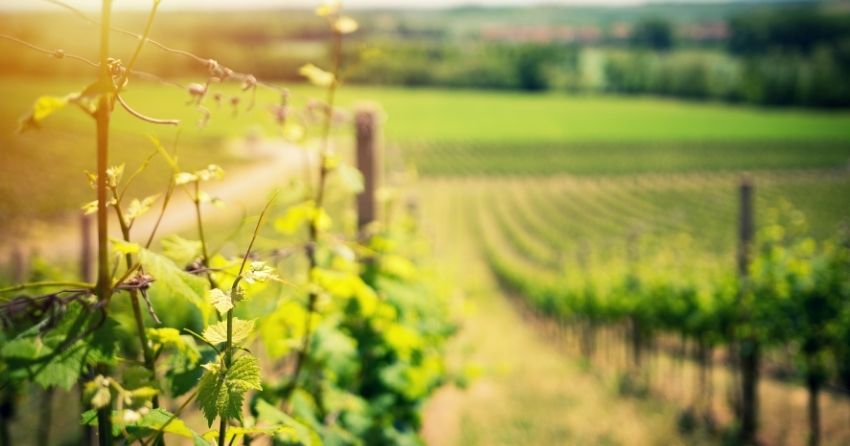
The Šturm family from Železniki in the region of Bela krajina has always been pushing the boundaries. Against the rules, they planted varieties that – thanks to them – have become a pillar of today's Bela krajina viticulture. It was Otmar Šturm Senior's "fault" that Yellow Muscat is the recommended variety today, whereas his son Otmar Junior, who took over the cellar at the young age of 21, can take credit for Traminer winning the right to calling Bela krajina its homeland. We talked to him about the future of viticulture in the winegrowing region of Posavje, about the curse of Cviček and about varieties that should be put to the fore.
"We originate from a region where Metliška Črnina, Cviček and Bizeljčan rule, so great wines, which are great for their poorness. I am not criticising, but that is just how it is from today's perspective. They excel in being thin, soft, drinkable wines," said Šturm in the beginning.
The Posavje region is divided into three districts. The Bela krajina district, where you come from, is quite different from the other two.
The greatest thing we have in common is that we belong to the same land. There is not much Alpine influence in Bela krajina, for example, we have warmer, even hot days. That is why wines are a bit different too. We have more premium class wines than Lower Carniola and Bizeljsko. The main varieties include Modra Frankinja, Kraljevina, Portugalka, Žametna Črnina. After 1970, the first international varieties started to appear, such as Yellow Muscat, Chardonnay, Sauvignon, and later on Pinot gris and Traminer. Because of hard-working winegrowers, who put in great effort, we can say that Bela krajina is actually the home of Muscat within Slovenia.
The fact is that the Posavje region is the least developed winegrowing region in Slovenia in terms of wine production.
Is Cviček the only reason that Posavje has always been lagging behind Primorska and Podravje?

The largest number of the most recognisable winemakers come from Bela krajina. Why is it so?
Today, native or local varieties are sought. What can Posavje offer here?
If we focus on local varieties: it seems that Frankinja has gained momentum ever since it is officially Slovenian. What about Kraljevina?
